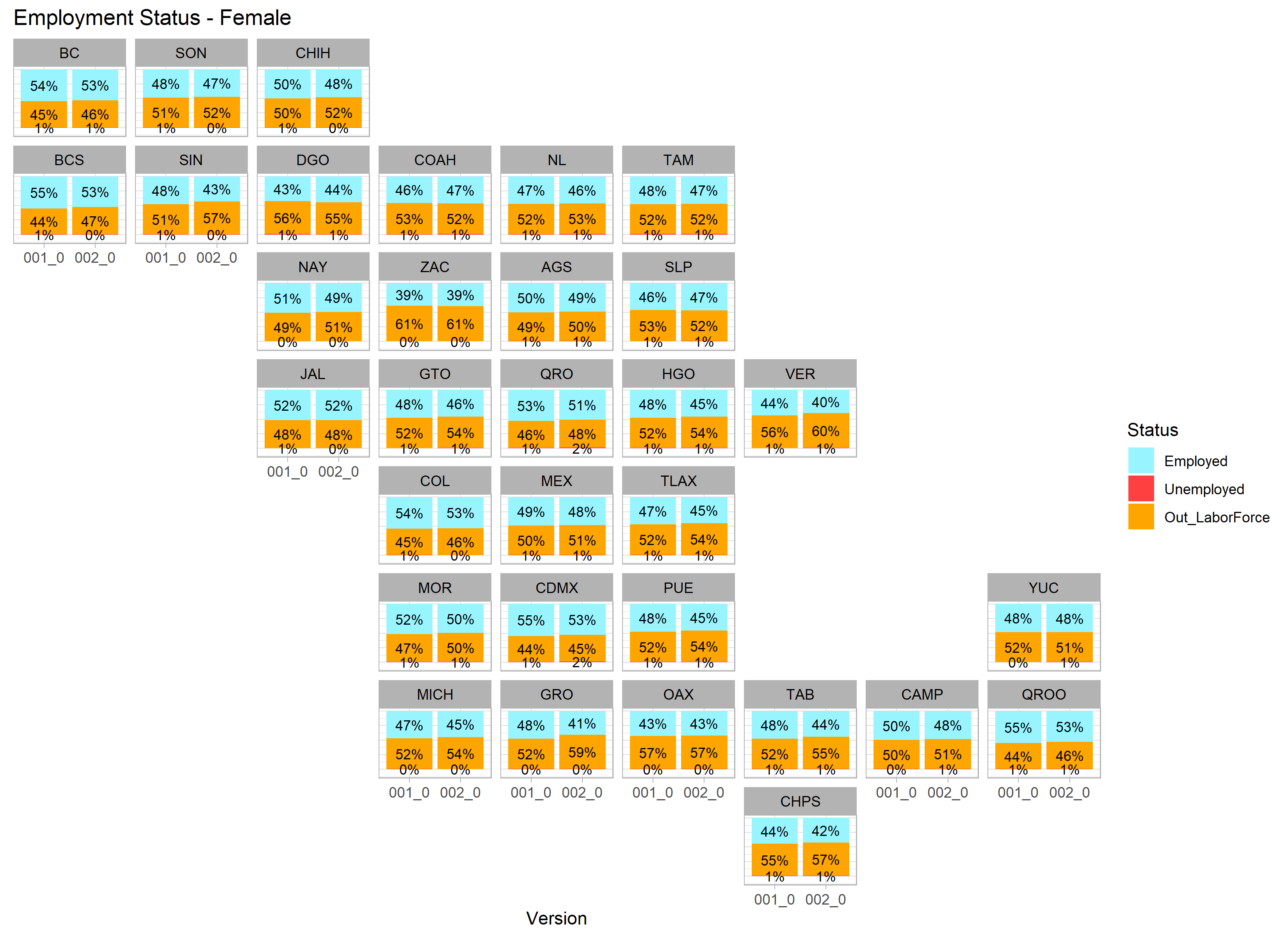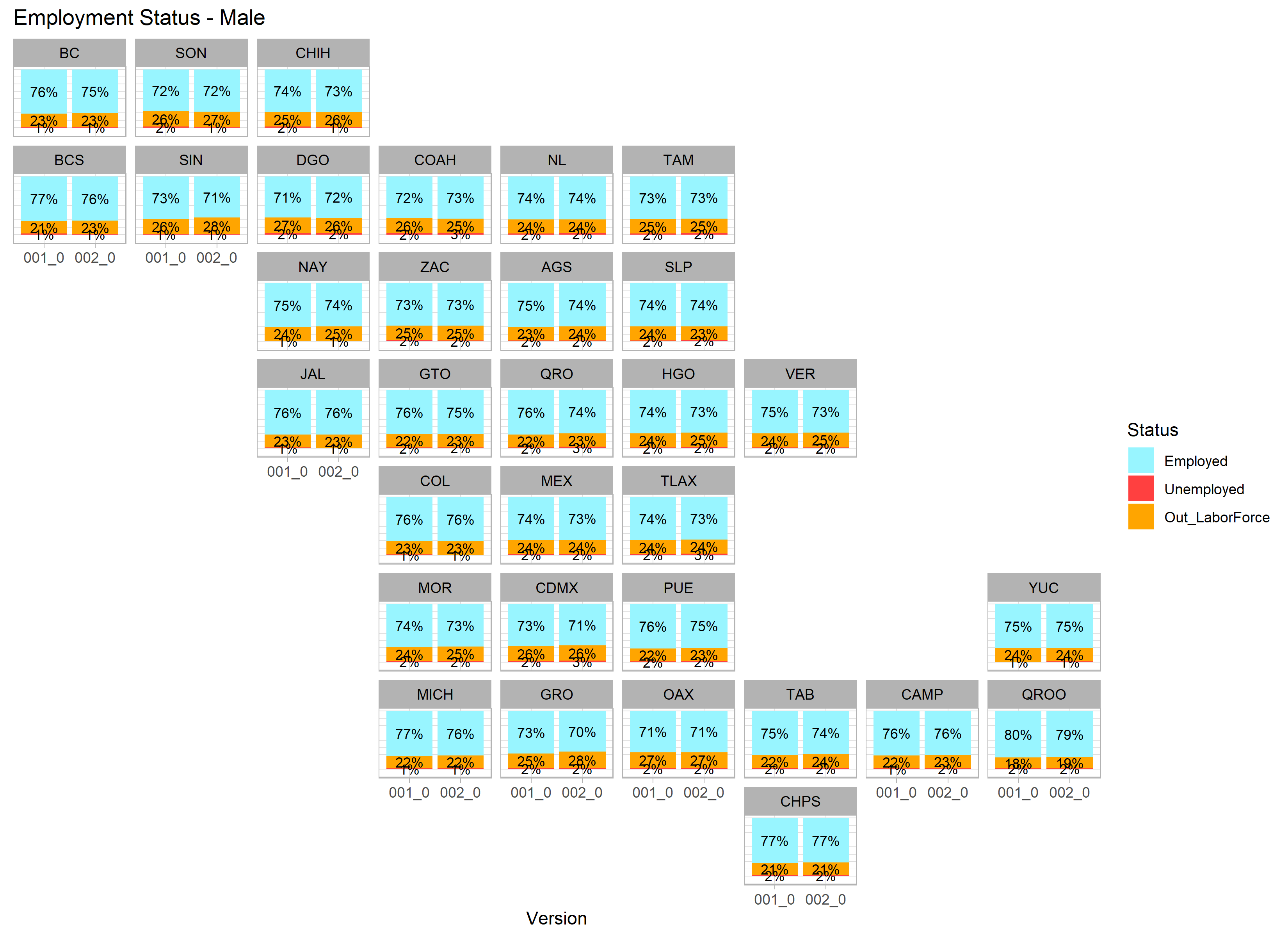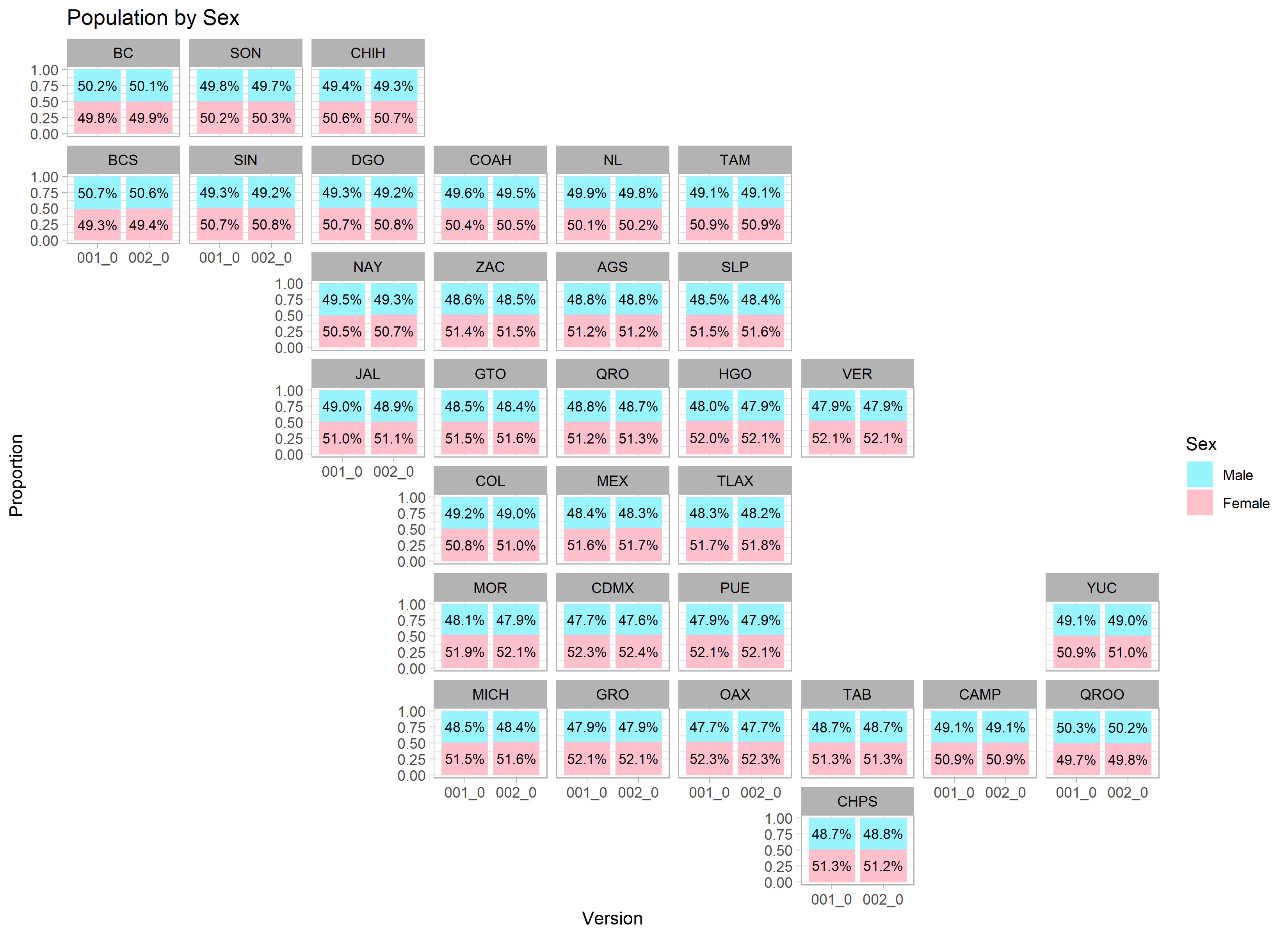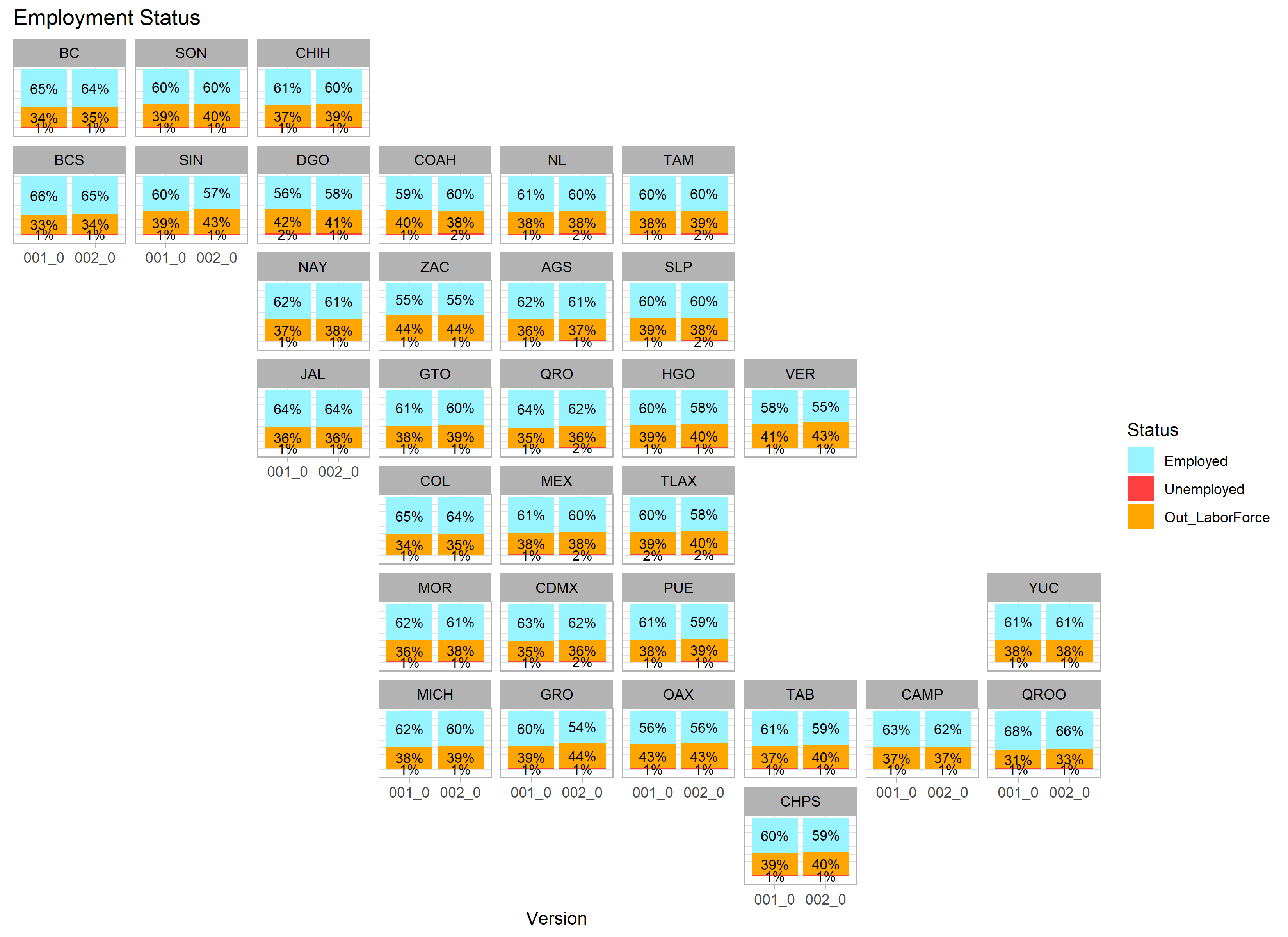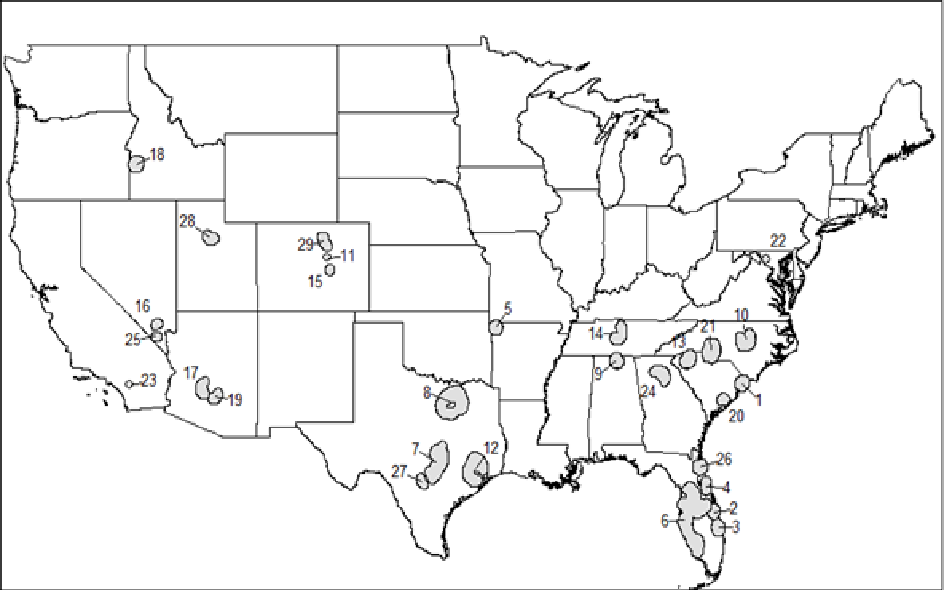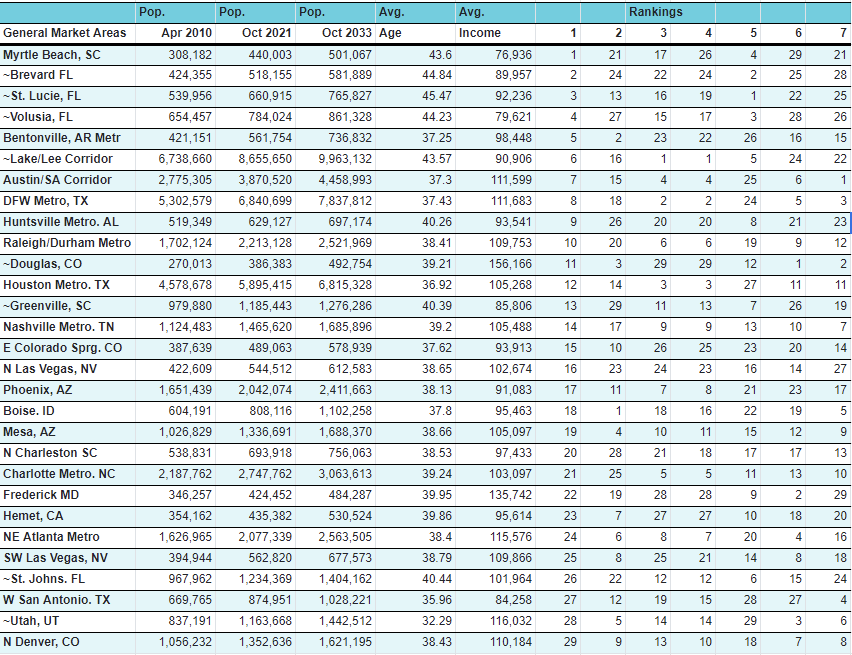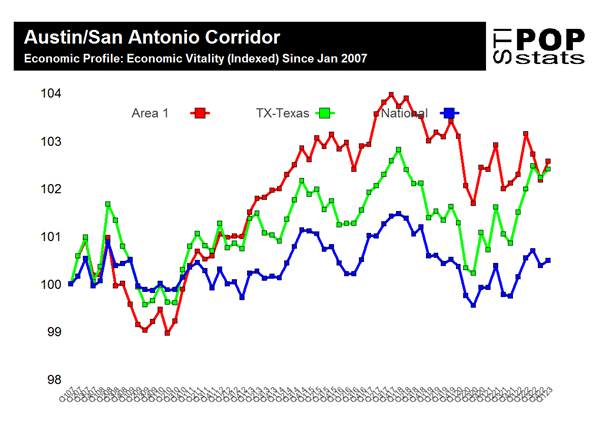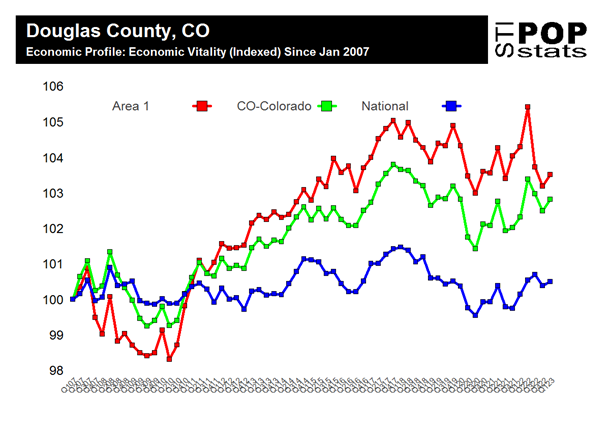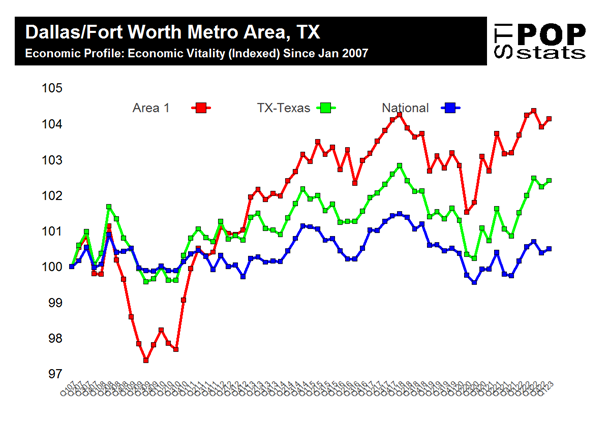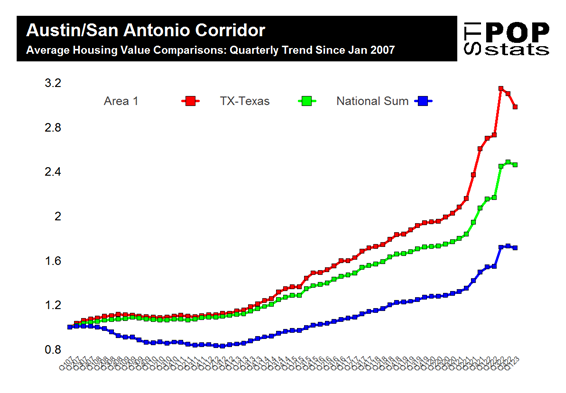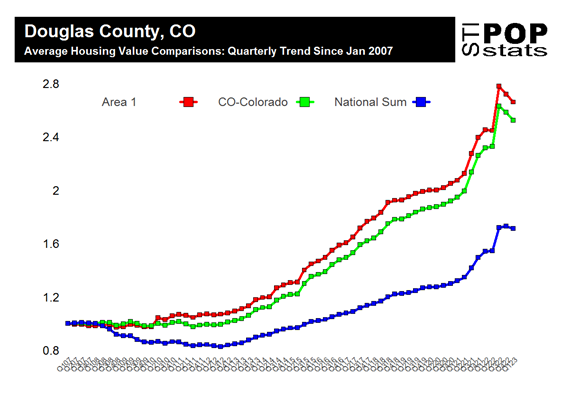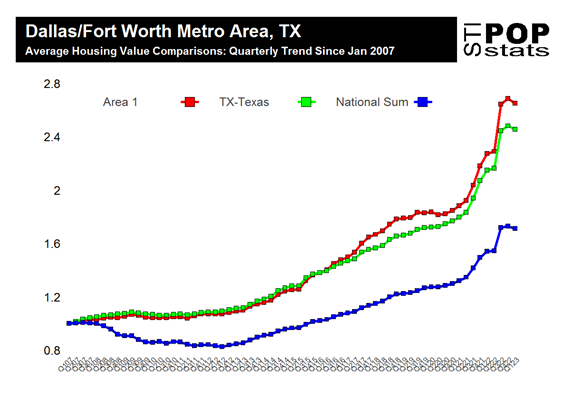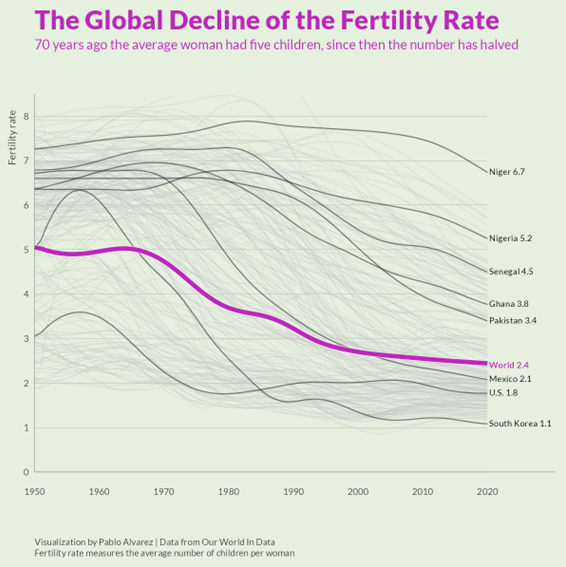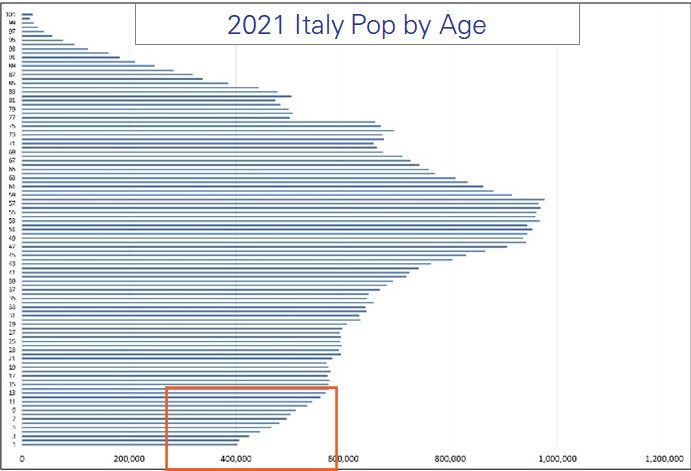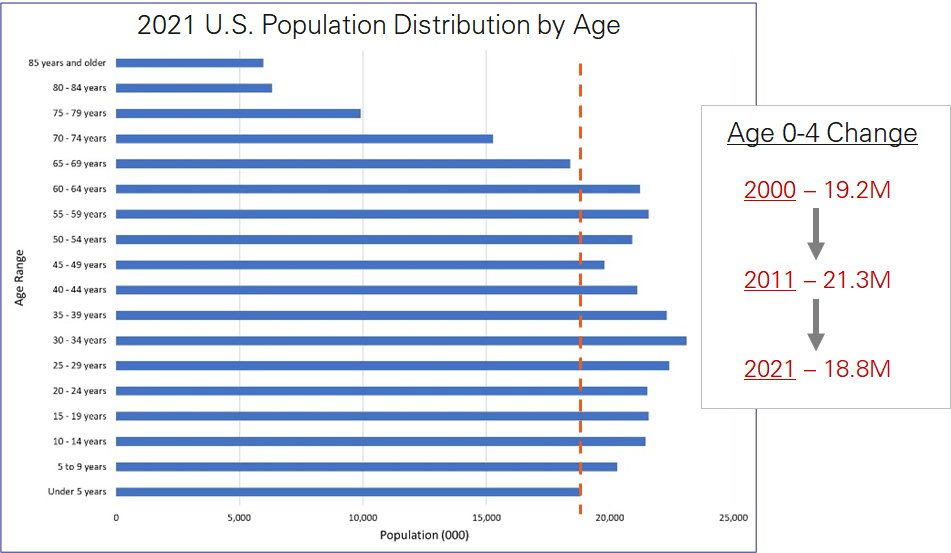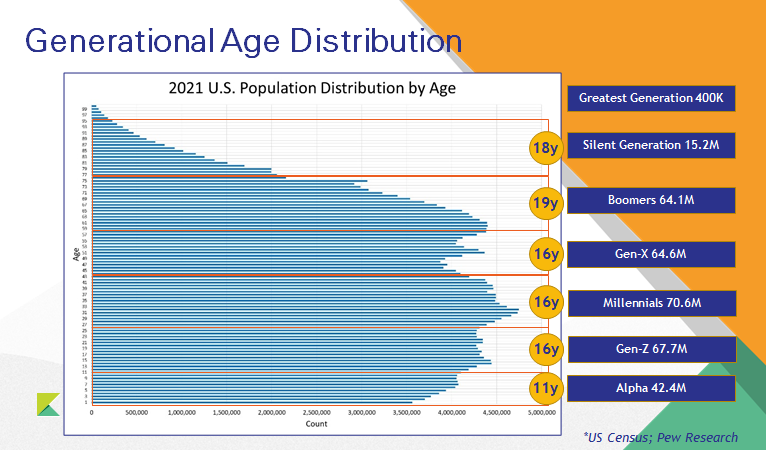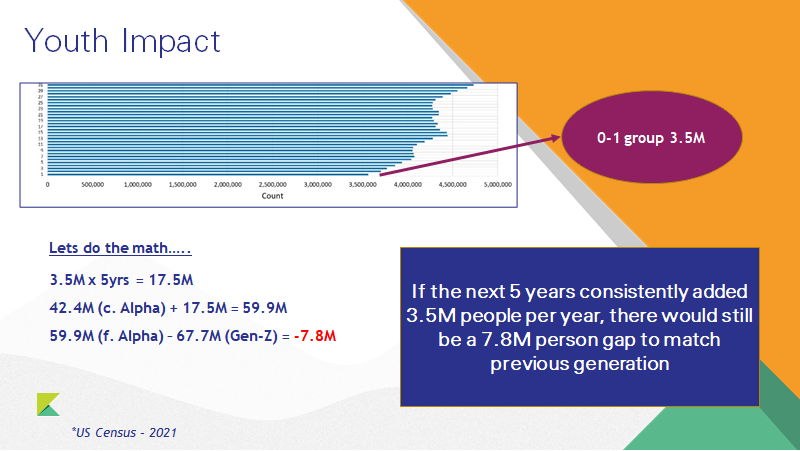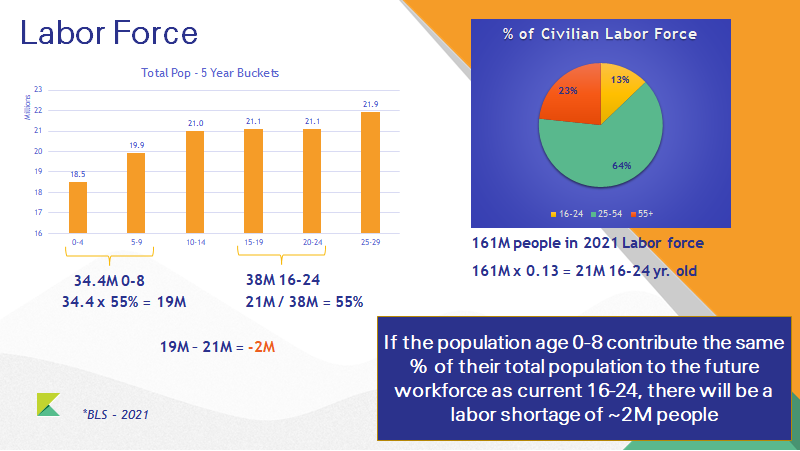The Quantum Customer
The Quantum Customer
The Quantum Customer: Why Pinning Them Down Might Make You Wrong
Let’s play a little thought experiment.
In quantum mechanics, the moment you measure a particle’s position, you lose precision in its momentum. The more certain you are of where it is, the less certain you are of where it’s going. That’s Heisenberg’s uncertainty principle in action.
Now replace “particle” with “customer,” and you’ll start to see why many data strategies in modern site location and marketing are built on a quantum illusion.
The Observer Effect of Customer Data
The data industry loves precision. You’ve probably heard the pitch:
“We can tell you exactly which household is your ideal customer — down to their credit card spend, phone location, and the gym they visited last Tuesday.”
Sounds great, right?
But here’s the thing: the moment you believe you’ve “measured” your customer with that level of certainty, the universe (or at least the real world) starts to move.
People change addresses. Phones get turned off. Cards get replaced. Digital identities drift. Your beautifully defined target starts to behave like a quantum particle — everywhere and nowhere at once.
Customers as Wave Functions
In physics, a quantum wave function doesn’t tell you where a particle is — it tells you the probability of where it might be. You don’t get certainty; you get a cloud of likelihoods.
Demographic models work the same way.
They don’t claim John Smith lives at 123 Main Street. They tell you there’s a high probability that people like John Smith cluster in certain areas — and that this probability is stable enough to make good strategic decisions.
Granular household data, on the other hand, is like trying to collapse the wave function into a single point. It looks precise — until it isn’t.
The Cost of Collapsing the Wave
Chasing extreme precision isn’t just technically fragile. It’s expensive.
Every time you build your marketing, site selection, or segmentation strategy around pinpoint targeting, you’re collapsing your model around a snapshot in time. And in a world where consumers move, swipe, churn, and evolve faster than your data refresh cycles, that snapshot ages like milk.
Meanwhile, demographic probability fields age more like wine. They’re designed to absorb uncertainty, not fight it.
“But Wait,”
“But — I have the data. We run loyalty programs, we know who our customers are, where they shop, how often they visit. Isn’t that better than some modeled demographic estimate?”
And you know what? You’re right.
First-party customer data is gold. It’s your own wave function — and no one knows your customer base better than you.
Where this breaks down is when companies bet everything on third-party ‘precision’ datasets. Those are the ones that promise quantum-like certainty… without actually being able to observe anything reliably.
When your data is your own, it strengthens your model. When it comes from somewhere else — with uncertain refresh cycles, spotty coverage, and questionable accuracy — it often creates the illusion of certainty, not the reality.
Build Your Probability Field
Here’s the smarter move:
Use demographics to map the probability field — the stable structure of where your customers are likely to be.
Use your own first-party data to anchor the wave function — to understand how your customers actually behave.
Treat third-party precision data with healthy skepticism — like someone claiming they’ve spotted a particle… but forgot to mention the margin of error.
The future of customer targeting isn’t about finding the one true point where a customer “is.” It’s about understanding the field in which they probably are, and making smart bets accordingly.
In the End, Precision Isn’t Certainty
In quantum physics, certainty is a mirage.
In customer data, it’s no different.
Demographics may not give you the satisfaction of a pin on a map, but they give you something better: a map of probabilities that doesn’t collapse the moment reality shifts.
Or to put it more playfully:
When everyone else is busy chasing particles, we prefer to chart the wave.
